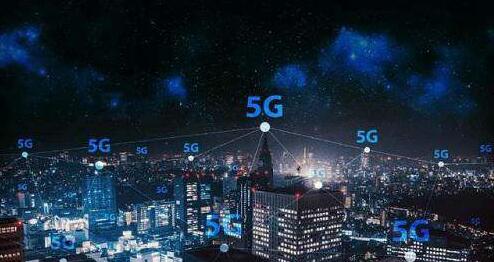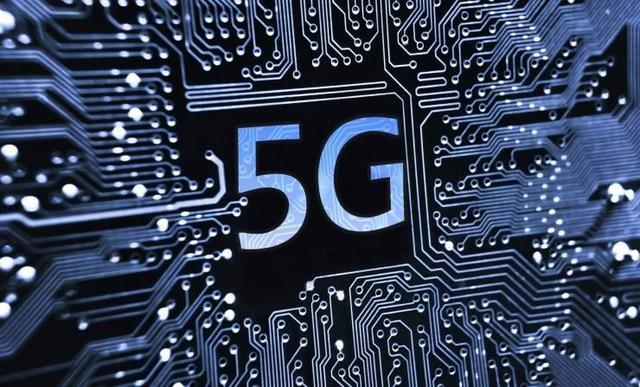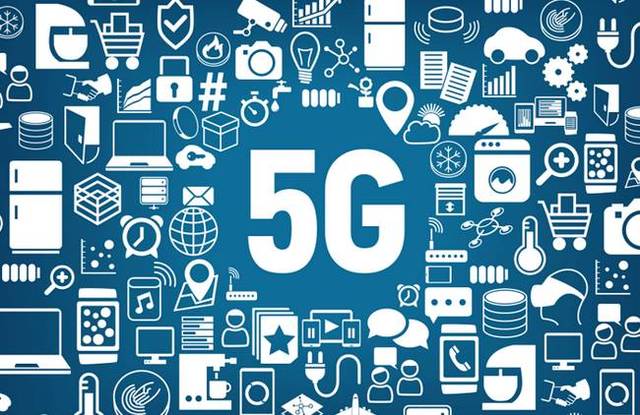
News Center
Centre de produit
Produit recommandation
News Center
Emplacement’╝ÜPage d'accueil >> News Center
The second big innovation in consumer electronics
In the 5G era, the consumer electronics industry will usher in the second round of innovative 5G application upgrades will become the core of the new second round of innovation in the electronics industry. The first round of innovation in the electronics industry will be driven by the upgrade of smartphones instead of feature phones, so with 5G technology. The popularity of mobile terminals will usher in another upgrade, and the electronics industry will usher in the core of the second round of innovation. On the hardware, hardware innovation based on 5G communication will bring upgrades of mobile phone components. For example, antennas, RF devices, appearance, high-end display, wireless charging and other fields will require innovation and upgrade to match 5G communication technology requirements.

The three application scenarios of 5G include: 1. Enhanced mobile broadband scenarios; 2. Highly reliable low latency scenarios; 3. Massive connectivity for machine-type communications. The mobile phone is full of antennas, from GPS, Bluetooth, wifi, 2G, 3G, 4G and other frequency bands. The lower the frequency, the larger the size.
The high frequency band adopted by 5G will greatly reduce the size of the antenna and increase the difficulty of the processing technology. The requirement of the optional base station capability requires the 5G mobile phone to adopt an array antenna design (MIMO technology), and it is necessary to use a dot matrix in which vertical and horizontal antennas are crossed to simultaneously ensure signal transmission and reception in both vertical and horizontal directions. In order to ensure directional transmission between the base station and the mobile phone, the antenna needs to integrate active devices and chips at the same time.
Technically, the three major changes in 5G communication are: 1. More communication bands are used; 2. MIMO multi-antenna technology is used; 3. Carrier aggregation technology is used. The RF system also needs to be changed accordingly. Due to the increased frequency, the biggest difference between RF components and the 4G era is the need to use higher frequency circuits.

The closerness of 5G will bring the following effects:
(1) Multi-band has dramatically increased the demand for RF components.
(2) Non-metallic fuselage has become the trend of the times. Due to the unprecedented number of communication bands used by 5G, the antenna design structure is complicated, and the increase of the 5G frequency makes the terminal antenna become extremely sensitive to the surrounding metal, and the PCB metal road board needs to maintain a space of 1.5 mm with the metal object.
(3) OLED screens have obvious advantages in the 5G era. The 5G network speed is further accelerated compared to the 4G network speed, which will inevitably lead to a faster explosion of HD applications.
(4) Wireless charging is unprecedented in the 5G era. 5G brings speed improvement, ultra-high-definition content, and better mobile Internet entertainment experience, which will inevitably lead to further increase in mobile phone usage time. In the 4G era, the daily use of mobile phones exceeded the computer for the first time, which led to a significant increase in the battery capacity of mobile phones and the charging frequency of mobile phones.
(5) 3D imaging is another revolutionary upgrade to the mobile phone. The key point of 3D imaging is to obtain depth information and realize the leap from 2D to 3D in camera technology. It is the focus of this year's innovation of mobile phone.
(6) Ultra HD welcomes the best of times. In the 4G era, the download speeds generally exceed 15 mbps. Smartphone users can listen to videos online by watching songs.
While 5G is coming to improve the network speed, the support of hardware is also improving. In conjunction with 3D imaging VR/AR, future network video is expected to achieve more gameplay. The Internet of Things will shine in the 5G era.

The Internet of Things can use a variety of sensing technologies to obtain information, including bar code and electronic tag (RFID) display identity, sensor capture status, camera recording image, GPS positioning, and the current front-end information acquisition has been developed relatively well, lacking low cost Network communication enables signal transmission and remote control. As an important part of 5G communication, NB-IoT has many advantages such as strong connection, ultra-low power consumption, wide coverage, low cost, high security and stability, and it is an excellent protocol for IoT communication. And it is expected to be laid ahead of 5G commercial. Once widely used, it is expected to be quickly used in typical applications such as smart home, shared bicycle, logistics tracking, smart meter reading, smart building, wide-area object, industrial chain.

- Tel’╝Ü4001518418
- Fax’╝Üsales-sz@finern.com
- Addr’╝Ü185B, rue Chexin, district Songjiang, Shanghai, Chine
Copyright ┬®2015 FINERN Group.Tous droits r├®serv├®s.
Support technique’╝ÜYUANPAI
